Ethiopia's culture among its people, wonders and distinctive coffee
Ethiopia is a land of rich heritage, where ancient history and vibrant culture converge. Known as the cradle of humanity, it boasts diverse peoples, stunning landmarks like the rock-hewn churches of Lalibela, and breathtaking natural wonders.
Show key points
- Ethiopia is a culturally diverse nation with over 100 languages spoken, reflecting the rich ethnic mosaic of its population.
- Its culinary identity is deeply rooted in traditional spices and communal eating, with dishes like injera and wat forming staples across regions.
- Coffee plays a central role in Ethiopian life, not only as an export but as a cultural ritual steeped in legends and unique preparation methods.
- ADVERTISEMENT
- Distinct regions like Harar highlight Ethiopia’s fusion of architecture, religion, and folklore, including its unique relationship with hyenas and falcons.
- Traditions surrounding family, respect for elders, and multi-day wedding celebrations underscore the importance of social customs in Ethiopian identity.
- The Oromo, Amhara, Tigray, Somali, and Arabic-speaking communities each contribute unique linguistic, religious, and cultural elements to the national fabric.
- Ethiopia’s ancient history, including landmarks like Lalibela’s rock-hewn churches, elevates it as a destination of timeless charm and world heritage significance.
As the birthplace of Arabica coffee, Ethiopia’s coffee culture is an integral part of daily life, steeped in tradition and hospitality. This article offers a glimpse into the heart of Ethiopia—its people, wonders, and distinctive coffee heritage—inviting you to explore a nation of timeless beauty and enduring charm.
Ethiopia's culture starts from its languages with more than 100 languages
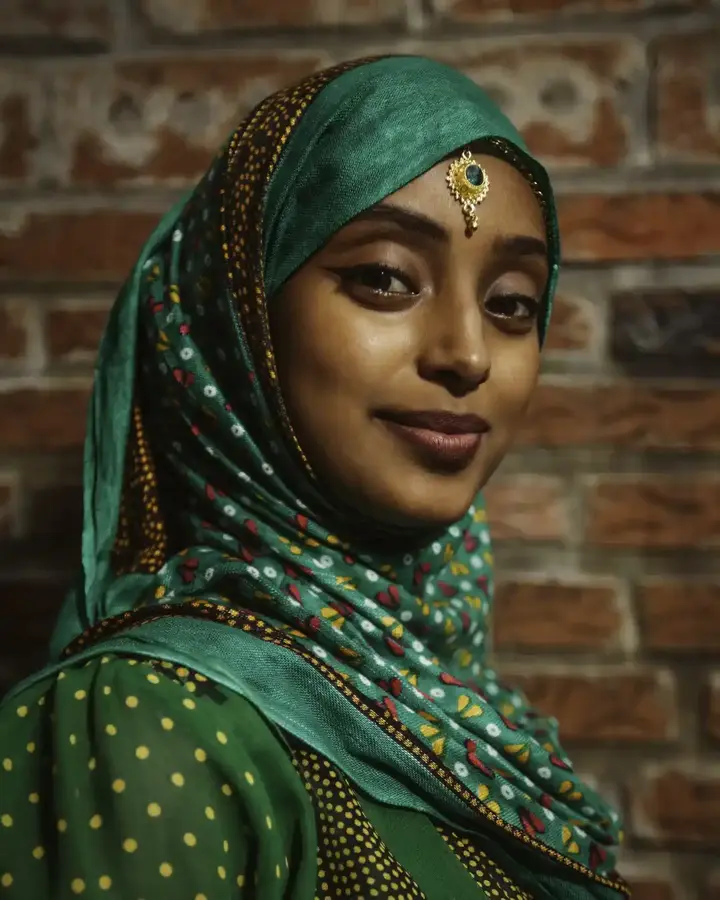
Before you travel to any country in the world, the question comes to mind, what language does the country speak? Most of the time you hear in three or more languages in countries with many tribes or islands, you rarely hear of a country that speaks more than 80 languages. In the culture of Ethiopia you are in the Museum of Peoples and on a date with an infinite number of languages and dialects.
Recommend
The most important and widespread of them is the Oromo, who represent the largest ethnic group with 34% of the population. The Oromo feel marginalized despite their large number and always demand more rights and are distinguished by their great respect for the elderly, as they consider them the wisest, rely on them for the most important decisions and have their own calendar.
They are followed by Amhara (27%) who use Amharic, are famous for using mythology to teach morals to children, follow patriarchy, believe in male stature, and follow Islam. Amharic is the official language of the state and even other tribes with other local languages use Amharic as a second local language.
The third language belongs to Tigray and represents 6% of the population and is called Tigrinya (or Tigrinya), and they are tribes who love poetry, puzzles and entertainment and have a special ritual to name the child and no funeral is held for the child if he died before naming him. Somalis settled in Ethiopia also represent 6%, so the Somali language is widely spread and Somalis in Ethiopia are known to be considered clean right hands and left hands are forbidden and they profess Islam.
In Ethiopia's linguistic culture, we also find the Arabic language, which has a significant presence, and it entered ancient times with merchants before the introduction of European languages such as English and Italian. The Arabic language spread through trade and the settlement of many merchants on the coasts, and then spread further with the advent of Islam. Most Muslim Ethiopians speak Arabic even as a second language with their local language and are taught in some private Islamic schools as well. Finally, English is the foreign language in Ethiopia and is used in high schools and universities, as well as business transactions and international communications.
The culture of Ethiopian cuisine and the spice kingdom
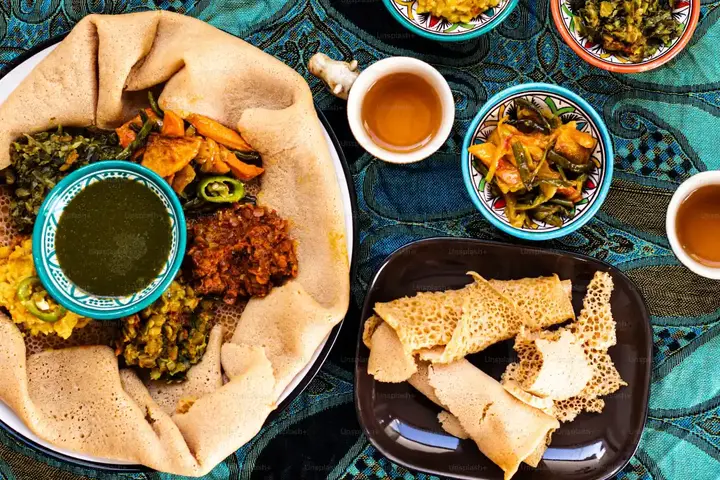
Food is one of your doors to learning about any country's heritage, and Ethiopian cuisine in particular is an undeniable part of Ethiopian identity. With so many different tribes, cultures and recipes, you'll imagine a complex kitchen, but in fact Ethiopian cuisine tends to be more easy to refrain. It is enough for you to absorb the rich spices of Ethiopian cuisine so that you can distinguish most Ethiopian recipes even if you eat them anywhere in the world.
Ethiopians adopt a range of spices that enter most of their foods, and their choice of spices is based on their health benefits, for example, they choose ginger to help him digest, garlic and pepper that strengthen the immune system, while turmeric for being a natural anti-inflammatory, and many other spices that are not without a recipe from them.
Made from the world's smallest cereal, Ingera is the base of Ethiopian food at every meal and is gluten-free sponge. Barberry sauce, which consists of a range of spices, is included in most meals either by mixing it or serving it as a side dish in which to dip food before eating.
Ethiopian cuisine is divided into northern cuisine, which relies heavily on vegetarian cuisine using vegetables as a basis, with most of the population being Christians who eat vegetarian food for long periods throughout the year during church fasts. Southern cuisine is mostly Muslim and Ethiopian and most recipes use beef, lamb and poultry.
Ethiopia's culture in serving food is to have a large dish in the middle and everyone participates in eating from it. Among the most famous Ethiopian dishes, we mention the shiro, which is hummus, beans with garlic, onions and chili. Verveer, which is the leftover of ingera bread, which is cooked with barberry sauce, onions or butter, as well as vit fit, which is a mixture of butter and spices with ingera, and Ethiopians make their own butter to which spices are added during its preparation, so it tastes different from any butter anywhere else in the world. We also mention ketfu which is raw beef ground with Ethiopian butter and spices such as chili pepper and salt. As well as stiffness, which are cuts of meat fried in butter and cooked with red onions, green peppers and barberry sauce. And don't forget the douro watt soup, which is a chicken soup. Finally, the wat, which is the national dish of Ethiopia, is a spicy stew and is made from beef, chicken, lamb or fish, and vegetarian from it is made from lentils or vegetables.
The culture and customs of Ethiopians represent their national identity
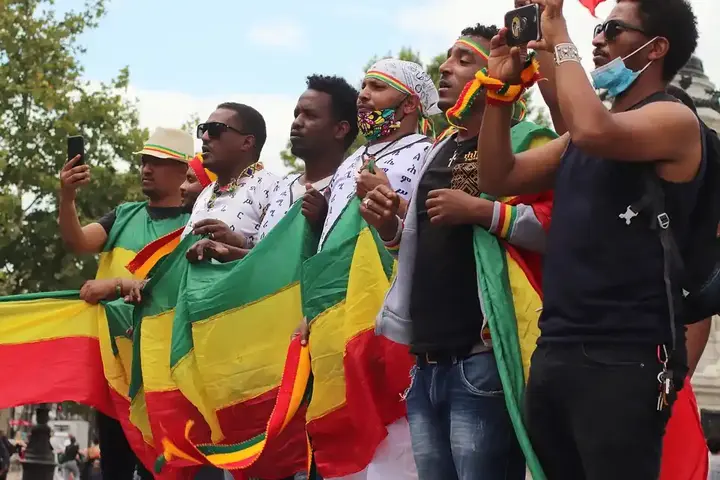
We cannot mold or shape Ethiopia's people, their customs, traditions and culture are diverse and different, with each region embodying a different form of cultural and artistic heritage. The culture of Ethiopia was influenced by Judaism, Christianity and Islam, along with the legendary folklore influenced by the Kingdom of Abyssinia, Yemen and the ancient kingdom of Suleiman the Wise, as well as foreign influences introduced through translated literature.
Celebrations and weddings in Ethiopia are festivals of folk dance and folklore, which varies according to tribes and ethnic groups, even traditional clothing and music have a special and different character in each tribe. The honor of the family in Ethiopia is affected by the actions of its members, and the Ethiopian people adhere to family unity and mutual respect, and the elderly live with those married to their children to be cared for and greatly respected, and it is always observed to bow in front of the elderly, especially children and strangers. These customs play an essential role in strengthening national identity. Marriage rituals vary according to the tribes, but the wedding lasts for days and gifts are exchanged and food is shared between the two families. Ethiopians are very interested in religious holidays, whether Christian, Muslim or even other local worship.
Harar, the city of tamed hyenas, Ethiopia
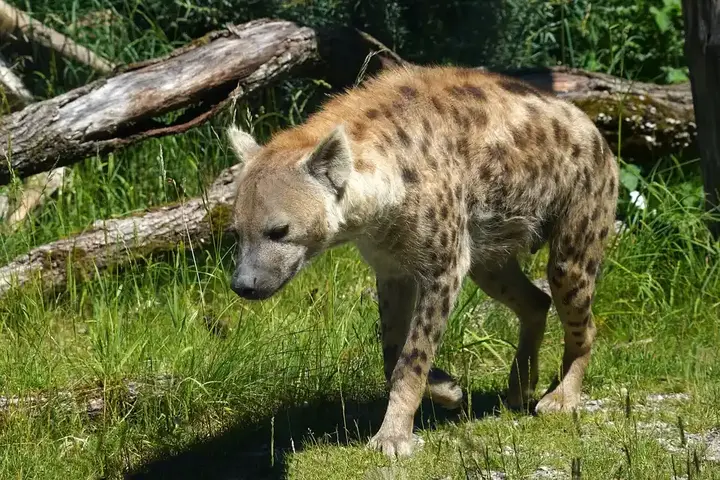
Harar is an ancient city in Ethiopia, and it is considered the first Islamic city in Ethiopia, and in the past non-Muslims were not allowed to enter it, but this has changed and Muslims and Christians live in it together and now it includes mosques and churches as well, and the use of the Arabic language is widespread in Harar.
The culture of the Ethiopian city Harar, appears in its distinctive architectural style, which differs from all cities in Ethiopia, and it is surrounded by a completely 500-year-old wall that was built to protect the city from human attacks and predators as well, and it has five gates and some call it the Mecca of Ethiopia and consider it the fourth holiest city.
The houses of the city are traditional, similar in style to those of old Damascus and have an artistic sense. The houses are a courtyard in the middle and rooms and the walls inside the courtyard are decorated with colorful cooking utensils with decorations. Some of the city's houses are 900 years old so some call the city the Museum of Life. The entire city is registered in UNESCO as a World Heritage Site with a thousand-year history.
But when you hear about them you will surely hear about hyenas and falcons and how the city is strangely familiar with their existence. At night, all the hyenas take to the streets and some of the city's residents feed them raw meat with their hands, and the city elects a group of families responsible for feeding the hyenas. Taming hyenas in this way protects the people of the city, so that hyenas do not eat their livestock and obey them either, they are fully tamed. In the morning, you see a very large number of falcons flying over the city's skyline, and some feed them with their own hands as well. Visiting Herar is truly a unique experience for lovers of history, heritage and animal wonders.
Ethiopia is home to coffee lovers

Coffee is the second most consumed drink after water in the world, and if you are a coffee lover like millions of people, you will enjoy Ethiopian coffee and the myths of its origin in its native Ethiopia, where most of the coffee used globally is grown. Coffee cultivation dates back to the ninth century when its beans were discovered in the city of Kafa (from which the name coffee is derived) and used as food, drink and even medicine.
In the culture of Ethiopia, we find many legends about the emergence of coffee, the most common of which is the story of a goat shepherd who discovered an abnormal activity on his flock when they ate coffee fruits, so he chewed some of them and felt a great ecstasy and took them to one of the monks in a nearby monastery, who in turn refused to eat them and threw them into the fire, so the rest of the monks noticed the emission of a strong smell from the grains when roasted, so they mixed them with hot water and tried drinking them, and here was born the first cup of coffee in the world.
Ethiopian coffee accounts for 65% of Ethiopia's exports and is produced in three ways. The forest system is produced without any human intervention, the cottage system (small farm) is the most common, where a group of trees are planted in the backyard of the huts and harvested by hand, and finally the farming system is automatically harvested and is more widespread now.
Many Ethiopians prefer ground green coffee beans because they contain chlorogenic acid, which slows the absorption of carbohydrates and helps break down fats. Don't miss the baristas on the streets of Ethiopia where they prepare coffee in a clay pot on coals, poured into signature small cups.
Ethiopian coffee varies between sweet taste and sour taste, and has many types, including Harar coffee from the city of Harar and has Arab and Indian influences, and Arabica coffee, which represents 90% of the grown coffee and is the most widespread in the world, and its taste is complex, but its flavor is not the most strong and similar to Katura coffee. Milukatokosh coffee, a rare highland variety that must be harvested by hand, and Shirochoku coffee, the national coffee of Ethiopia, is characterized by its large beans.
Ethiopian coffee is roasted darkly and high in caffeine, and the fact is that it is prepared is what gives it a unique taste and flavor. The entry of coffee into the electronic market and its sale through social media has given a great boost to the percentage of its sales, especially among young people, especially the instant ones, which are flavored and blended coffee.
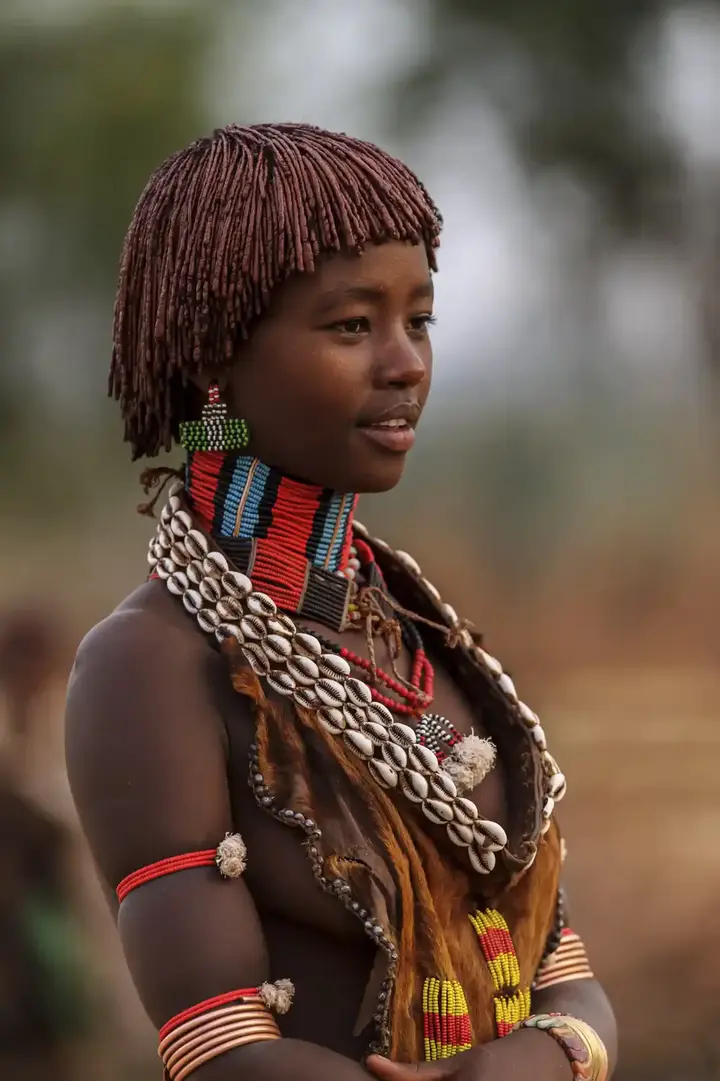
The culture of Ethiopia among its people, its wonders and its distinctive coffee, an unmissable journey in which you will see wonders, oddities and endless information. From Ethiopia's diverse linguistic culture, its rich cuisine, its city wonders and finally its coffee that sets it apart.








